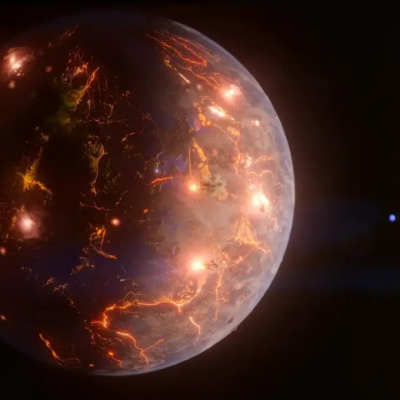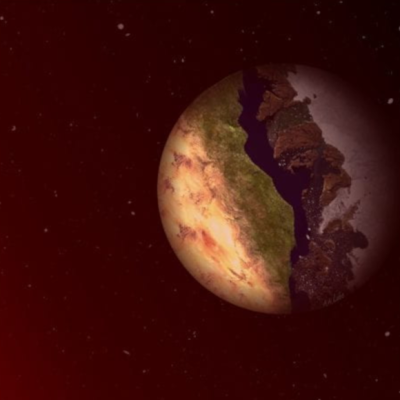A new study has revealed that the formation of Earth through the accumulation of small pebbles, dust, and icy particles took only a few million years, increasing the likelihood of other habitable planets in the Milky Way and the existence of extraterrestrial life. Previously, scientists believed that the formation of Earth took more than 100 million years and that water arrived on the planet through random collisions with water-rich asteroids. However, the recent study by the University of Copenhagen (KU) challenges this theory, suggesting that the formation of Earth was much less random than previously thought. The researchers analyzed silicon isotopes to understand the mechanisms and timescales of planet formation, providing new insights into the building blocks of Earth and the process involved.
The study suggests that the formation of Earth was much faster than previously believed, with the presence of water on the planet being an expected result of this process. The habitability of a planet depends on whether the necessary conditions for life exist on its surface, with water being a central component. According to NASA estimates based on data from the Kepler space telescope, there are several million habitable exoplanets in the Milky Way. The study is of significant importance for our understanding of planets outside our solar system, increasing the likelihood of finding habitable planets and extraterrestrial life.
The researchers found that there was a disk around the young sun in which the planets grew, full of small dust particles. Once a planet reached a certain size, it acted like a vacuum cleaner, rapidly accumulating all the dust and contributing to its growth to Earth’s size in just a few million years. This vacuum cleaner function of the small dust particles played a crucial role in the formation of Earth and ensured that water arrived on our planet. The disk also contained icy particles that were absorbed along with the dust, contributing to the presence of water during Earth’s formation. This new understanding suggests that water will always be present in the formation of an Earth-like planet, increasing the likelihood of finding water on other planets.










